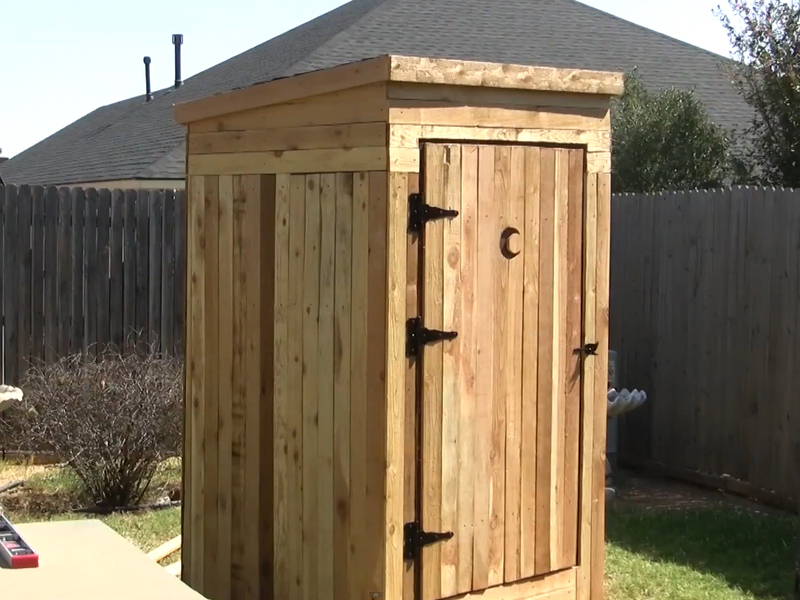Next up is to program the ride servos using the software which will control the ride. The software I used, Visual Show Automation (or VSA for short), is made by a company called Brookshire. It’s a great piece of software. Each servo gets its own line on the timeline. You place your video and audio tracks and tell VSA which monitors need to display which video. You can then hook up a joystick to the computer, hit play in VSA, and move one of the servos in realtime using the joystick as the video plays. After you do this for each servo, you’re done and ready to go!




